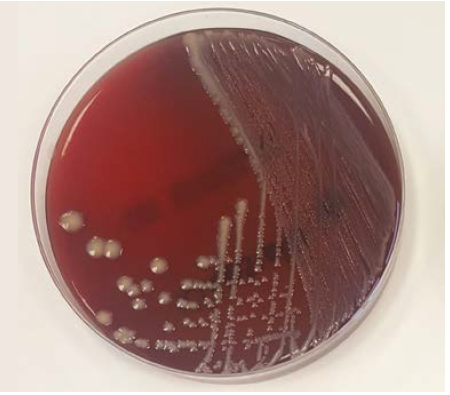- Home
- Knowledge library
- Reducing the risk of environmental mastitis during lactation in dairy cows
Reducing the risk of environmental mastitis during lactation in dairy cows
Environmental mastitis is caused by bacteria picked up from the environment, rather than bacteria spread from other infected cows. There are five key environmental risk areas associated with environmental mastitis, and a number of pathogens associated with its spread.
Back to: Control of dairy cow environmental mastitis in lactation
Environmental mastitis causes
Bacteria in the environment, which can cause mastitis, are found in manure, bedding, soil and water. It can also be caused when cows leak milk. Cows pick up these infections from:
- Lying areas or cubicle beds
- Floors and passageways
- Dirty legs and feet
- Wet, dirty areas at pasture
- Contaminated water

Herds with environmental mastitis infections in lactation typically see seasonal patterns, which may be the result of infections acquired from:
- Winter housing environments
- Pasture environments
- The impact of heat stress and environmental infections during summer months
It is important to investigate outbreaks of environmental mastitis to identify the risk factors so that action can be taken.
The key to the control of environmental mastitis in lactation is to take steps to reduce the risk of cows picking up infections from the environment.
You can reduce the risk of new cases of environmental mastitis by improving cow cleanliness and stocking rates, and management of housing, feed and water.
Environmental mastitis pathogens
Environmental mastitis pathogens are widespread in cows’ dung, in bedding materials, at pasture, in water and on the cow’s skin itself.
The most common major pathogens causing environmental mastitis are Streptococcus uberis (Strep. uberis) and Escherichia coli (E. coli). Others include Klebsiella, Pseudomonas and Trueperella species, examples of which can be seen below.

E.Coli in laboratory culture.

Streptococcus uberis in laboratory culture.

Klebsiella in laboratory culture.
Images courtesy and copyright of James Breen BVSc PhD DCHP MRCVS.
Control of environmental mastitis in milking cows
If cows are in damp and dirty conditions, the risk of environmental mastitis is increased. Aim to keep cows clean and dry to reduce the risk.
Here is a quick checklist of the key areas for the control of environmental mastitis in lactation:
Cow cleanliness
- Are cows scored regularly for cleanliness?
- Is action taken to improve cow cleanliness?
Cow comfort and housing design
- Are cows using cubicles properly (i.e. lying in the cubicles but not soiling beds)?
- Do cows in loose yards have a clean and dry bed?
Stocking rate
- Is there any overcrowding?
- Are there at least as many cubicles as cows? (Ideally, 105 cubicles per 100 cows)
- Is there a bedded lying area of 1.25 m2 per 1,000 litres of milk per cow (herd annual milk yield) in straw yards?
- Do cows have a loafing space of at least 3.0 m2?
Beds and bedding
- Is bedding generally clean and dry?
- Is new bedding applied at least once a day? (Twice/day if problem persists)
- Are cubicle beds cleaned off at least twice a day?
- Are straw yards cleaned out at least once a month?
Slurry management
- Are all alleyways, loafing and feeding areas being scraped out at least twice daily?
- Does slurry ever overflow the sides of the scrapers?
Ventilation
- Is the atmosphere dry and draught-free?
Feed and water
- Is there at least 0.6 m of feed space per cow? (0.7 m for Holsteins; more for transition cows)?
- Is there at least 10 cm of water trough space per cow in every group?
- Are the areas around water troughs clean and well drained?
- Are feed and water provided to encourage cows?
Pasture
- Are paddocks grazed for no more than two weeks and then rested for four weeks before regrazing?
- Are wet and dirty areas fenced off?
- Is stocking rate less than 100 cows per acre per day in any two-week period?
Milking
- Do any cows have to wait for more than an hour to be milked?
- Are all teats dipped or sprayed with pre-milking teat disinfectant?
- Do all milkers wear gloves?
- Are all cows checked for mastitis by foremilking?
- Are all teats dried before attaching the cluster?
- Is all water used in the parlour of drinking water quality?
Improving cows’ defences
- Are cows’ teats scored regularly?
- Are there less than 20% abnormalities at teat ends?
- Is negative energy balance and subclinical ketosis well controlled?
- Has vitamin and mineral supplementation been reviewed?
- Have you considered vaccination?
Useful links
If you would like a hard copy of the Control of environmental mastitis guide please contact publications@ahdb.org.uk or call 0247 799 0069.

